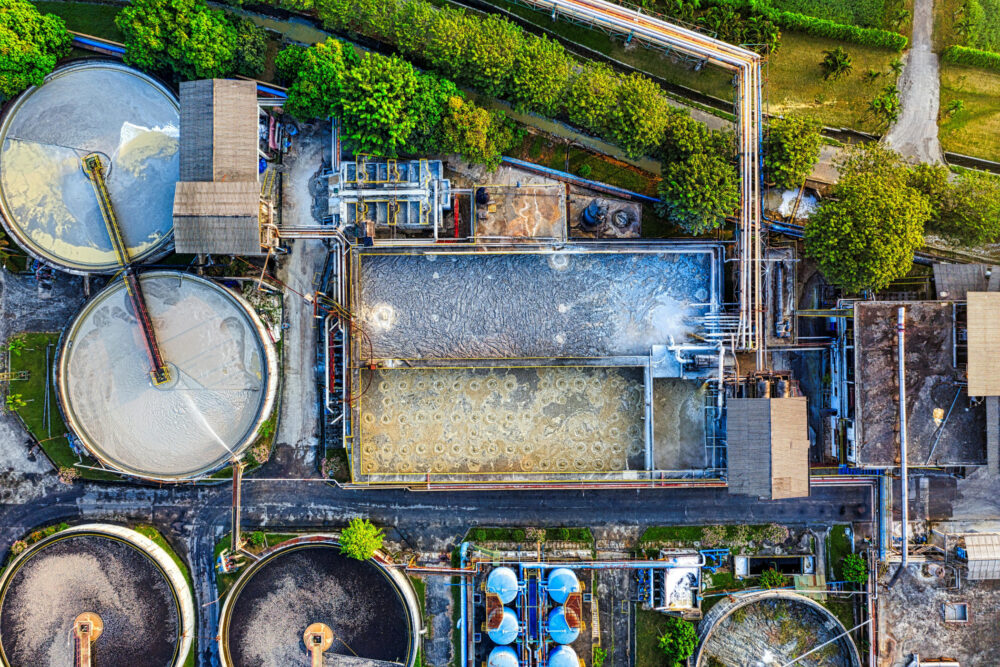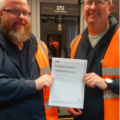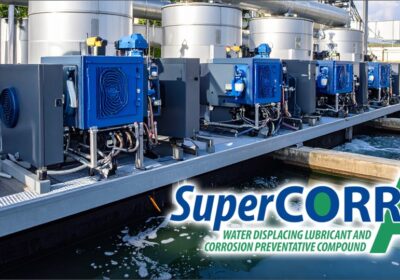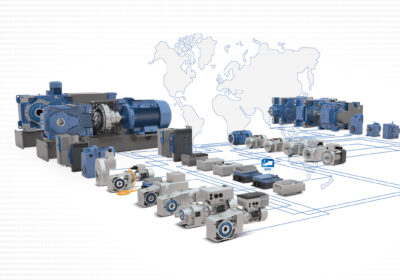~ How unified standards and technology can transform the UK water sector ~
The UK water sector is in dire need of a transformation. With ageing infrastructure, escalating environmental pressures and rising public expectations, the sector faces challenges that demand bold, decisive action. As the Future Water Association aptly puts it, “It’s time for a reset.” Here, David Strain from Technidrive, an expert in integrated automation systems, explores how the sector’s current fragmentation and inefficiency could be addressed through unified standards and innovative technology — creating a more sustainable, resilient and efficient water industry.
The UK’s water infrastructure has long been operating under the strain of an outdated system. One of the most glaring issues is water leakage. Recent reports, such as this article in The Guardian, have revealed that over one trillion litres of water were lost to leaks in England and Wales in 2023. This inefficiency is not only a major waste of resources, but it also exacerbates the growing pressure on water supply systems.
As climate change and population growth continue to place further strain on the sector, it’s becoming increasingly clear that incremental changes won’t suffice.
Embracing common standards
One key area where the UK water sector could improve is in the adoption of common standards. Currently, water companies in the UK operate under different regional standards, leading to fragmented procurement processes and inefficient operations. This lack of uniformity creates barriers to innovation and increases costs across the supply chain.
Canada presents an exemplary model of how unified standards can streamline operations. Water utilities in Canada follow consistent regulations, ensuring a level of standardisation that benefits both the industry and consumers. By adopting similar practices in the UK, water companies would be able to streamline procurement, reduce regional disparities, and improve service delivery.
Canada’s water regulatory framework establishes consistent national standards for water quality, treatment and distribution, with oversight from agencies like Health Canada and provincial regulators. These standards ensure uniformity across the country, benefiting both the industry and consumers.
Adopting similar standards in the UK could be challenging due to regional variations in water sources, infrastructure and local governance. The UK’s decentralised regulatory system, with separate agencies for England, Scotland, Wales, and Northern Ireland, could complicate efforts to implement uniform standards. However, technologies that enable standardised, data-driven solutions can help bridge these gaps by providing transparency and efficiency across regions. These tools can not only support operational improvements but also pave the way for regulatory alignment — bringing us to the crucial role of innovation in driving change.
The potential of technological innovation
From real-time leak detection to smart meters that monitor consumption patterns, technological innovations can play a crucial role in making the sector more efficient and sustainable. By addressing inefficiencies at every stage of water management — from infrastructure maintenance to usage monitoring — these tools provide practical pathways to meet rising environmental and public demands.
For instance, variable speed drives (VSDs) and radar systems are prime examples of how technology can improve operational efficiency in water management. VSDs offer water companies the ability to regulate pump speeds according to demand, which reduces energy consumption and wear on equipment. Radar systems, on the other hand, offer more precise measurement capabilities for water levels in reservoirs and tanks, ensuring that the right amount of water is used without wastage.
One compelling example of how technology can drive efficiency in the water sector comes from the quarrying and wastewater treatment industries. While not directly part of municipal water utilities, these sectors face similar challenges in managing water resources efficiently. A leading player in water treatment and aggregate processing had been struggling with persistent issues in its thickener systems — critical equipment used to recycle water from aggregate washing. The challenge was managing sludge settlement accurately and on time to prevent operational downtime and avoid the costly repairs of high-torque components.
To address these issues, Technidrive implemented an integrated solution that included VSDs to dynamically adjust motor speeds in real time, ensuring that equipment operated optimally based on varying conditions. The use of Technidrive Radar, specifically 80 GHz radar, offered precise and consistent monitoring of material levels, unaffected by the dust, moisture and noise that often disrupt traditional ultrasonic sensors.

These technologies have enabled the company to automate the sludge management process, reducing both downtime and operational disruptions. Moreover, real-time data from the radar system allowed for proactive decision-making, optimising the entire water recycling process while maintaining high levels of reliability and minimising waste. This integration of VSDs and radar technology also contributed to significant cost savings.
Beyond operational improvements, such innovations could also make regulatory change easier by providing standardised, data-driven solutions that enhance transparency, efficiency and compliance across regions. This would reduce the complexity of decentralised regulatory systems.
The UK water sector stands at a critical crossroads. While the challenges are immense, they also present an opportunity for systemic change. By adopting unified standards and reforming regulatory practices, the sector can lay the groundwork for a more sustainable and efficient future. Furthermore, investing in technological innovations — such as VSDs and radar systems — can provide the tools necessary to enhance operational efficiency and resilience.
To find out more about how Technidrive’s integrated automation systems can improve efficiency and sustainability in the water sector, visit its website.








